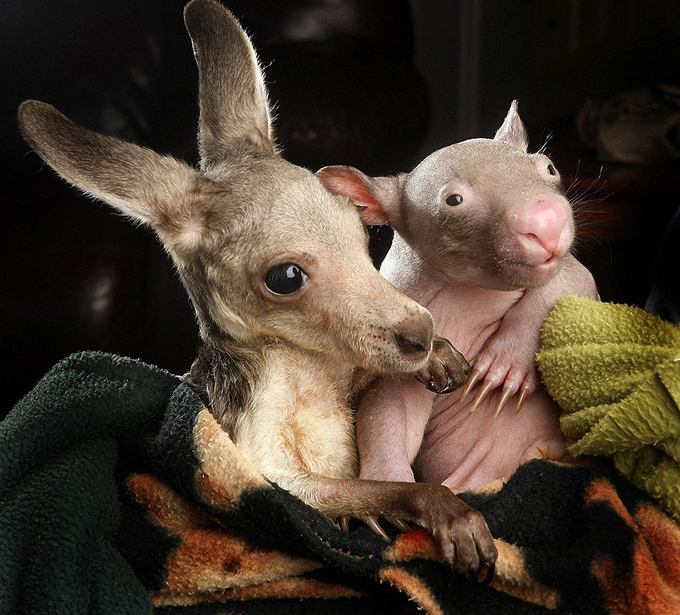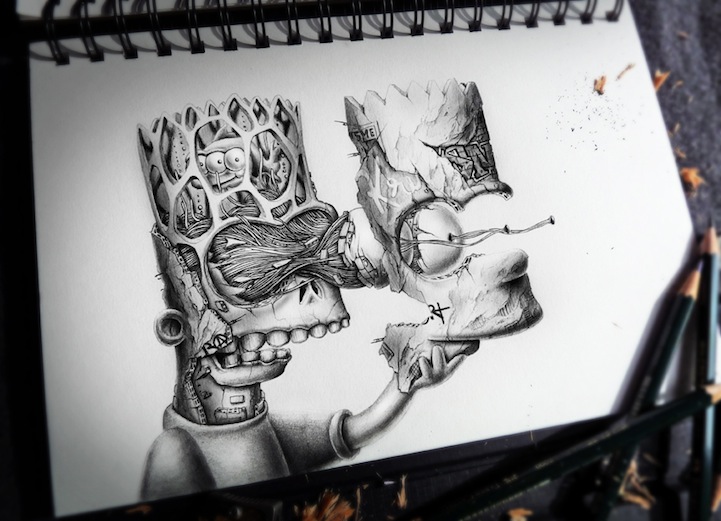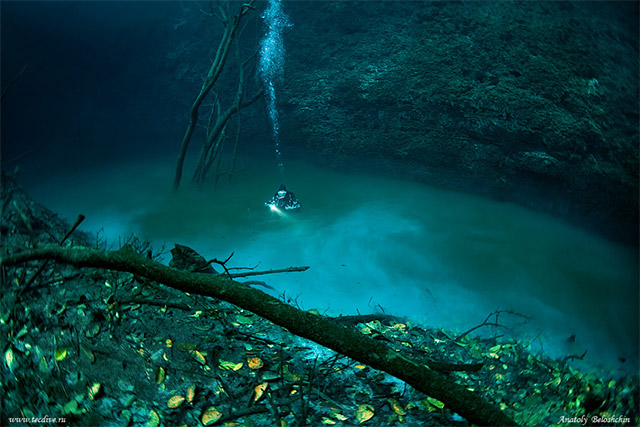Today, a kiss is still a kiss. But for the ancient Greeks and Romans the juicy gesture meant much more than physical attraction. In fact, most kissing in that period was to express deference and not romance, Donald Lateiner, a humanities-classics professor at Ohio Wesleyan University, told. Men kissed men on the cheek as a social greeting, while subjects of a king “abased” themselves by kissing the ground in front of him. And people who wanted to curry favor with someone of higher status would “kiss up” the person’s hands, shoulders, and head—in that order.

Princess by Jim Erickson

Father by Jim Erickson
Poems, novels, and all kinds of art helped Lateiner parse out the history of the kiss. For instance, many Tuscan and Roman ladies’ mirror cases made no later than A.D. 79 sported erotic scenes “from the world of myth, [or] sometimes from the world of daily life,” Lateiner said today during a press conference in Chicago. But on Athenian vases from the mid-fifth century B.C. and Pompeian frescoes produced between A.D. 49 and 79, romantic smooching is quite rare, he noted. Instead “there’s a whole lot of ___.” This may be because artists of those eras preferred to depict full bodies, and a “Hollywood close-up” of people kissing would be too small a detail to feature, Lateiner said.


Today more than 90 percent of human societies and several animals, including chimpanzees, use kisses to express themselves, said anthropologist Helen Fisher of Rutgers University. The ubiquity of the smooch supports Charles Darwin’s belief that kissing is an instinct that evolved to jump-start reproduction, she said. Lateiner and Fisher presented their studies on kissing during the annual meeting of the American Association for the Advancement of Science.


Lovers by Photoplace

Autumn kiss by Caroline
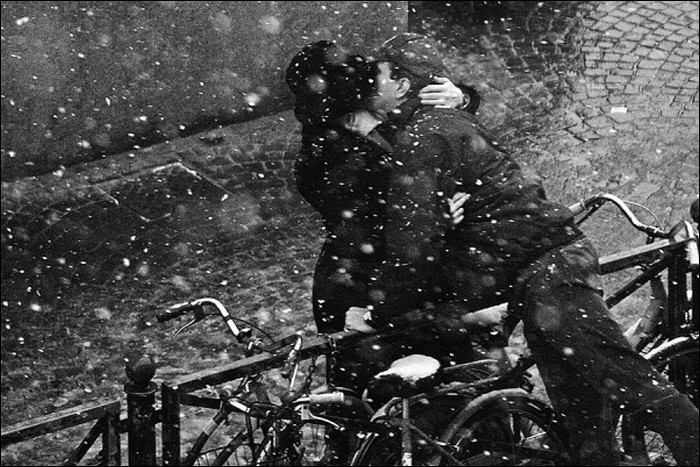
Eternity Of The Moment by Jure Kravanja

Kiss by the Living-thing
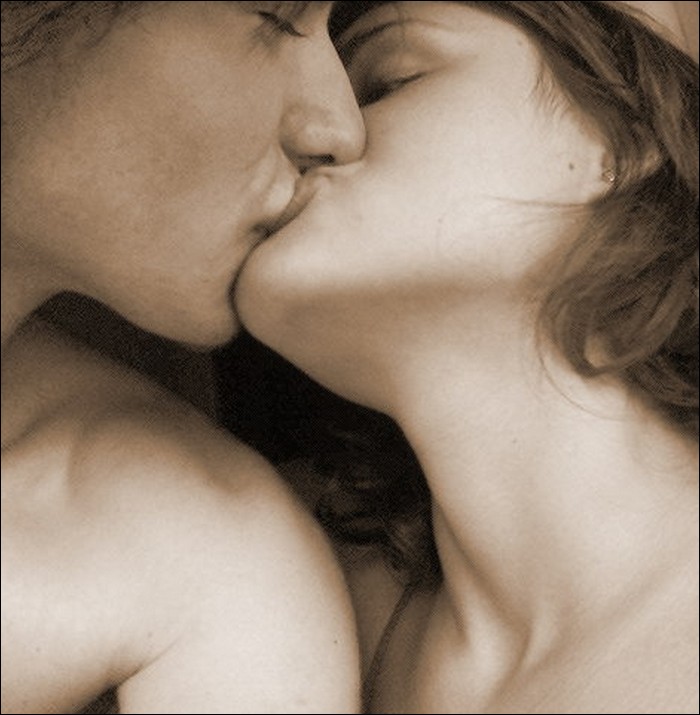
Kiss by Ifoexe

A huge kiss by oO-Rein-Oo

Kiss by Luc Coiffait
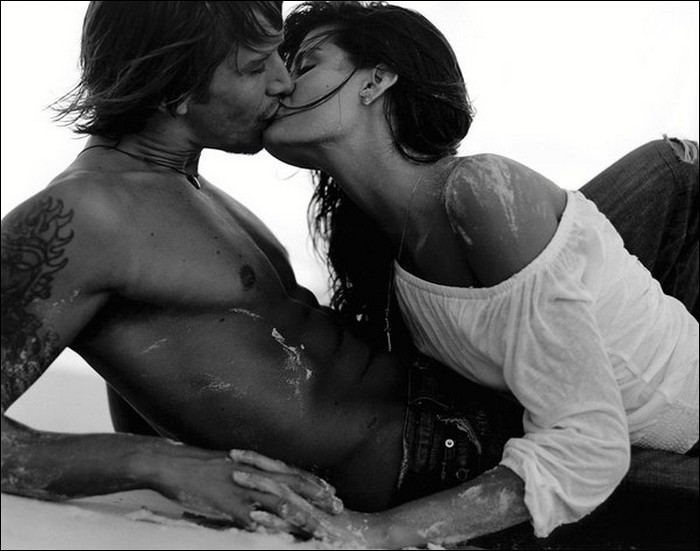
Kiss by Stefania Neva De Luca

Kiss me like you mean it by Randy Erdman
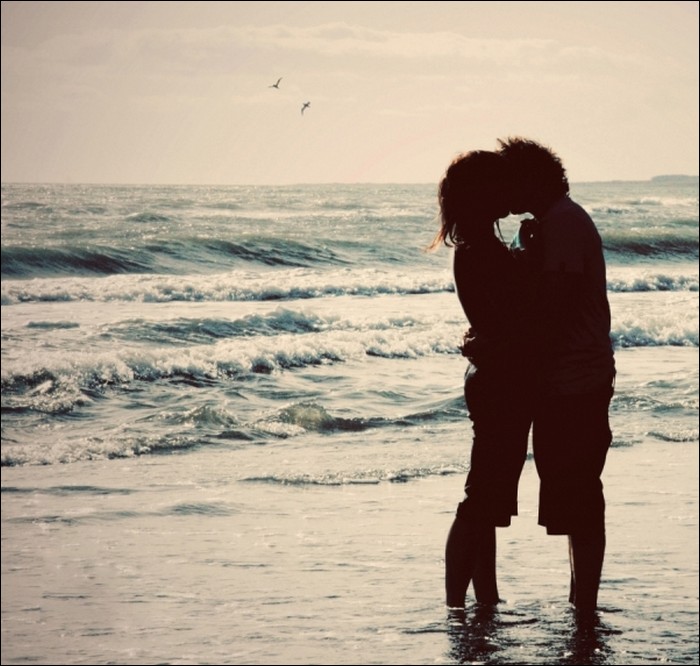
Summer love by Holly Broomhall

Kiss by Kathi








